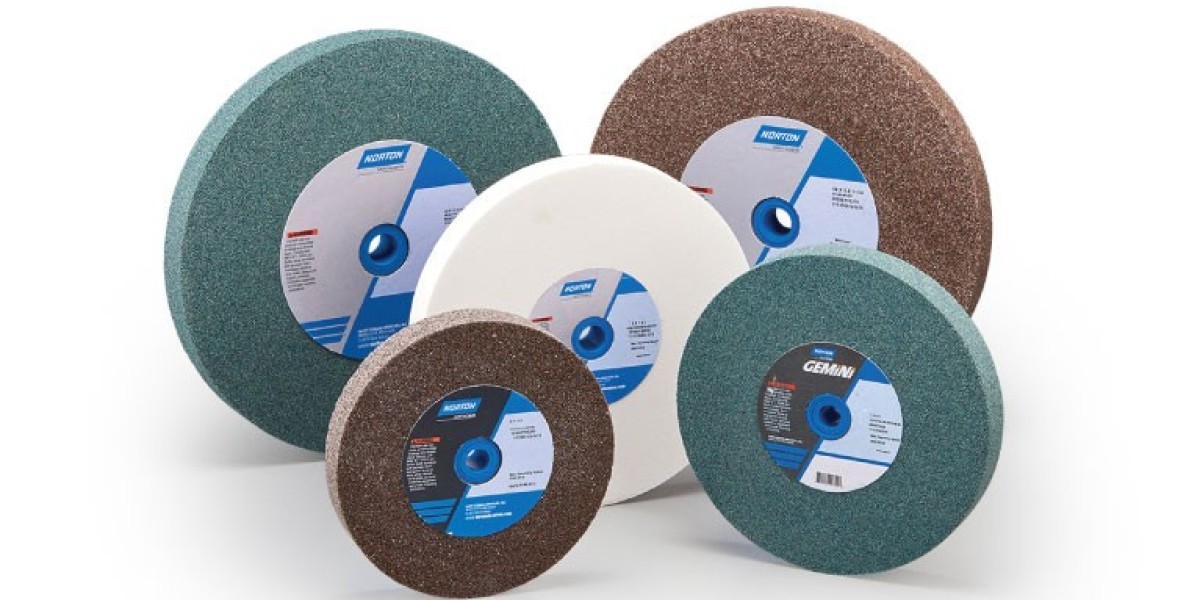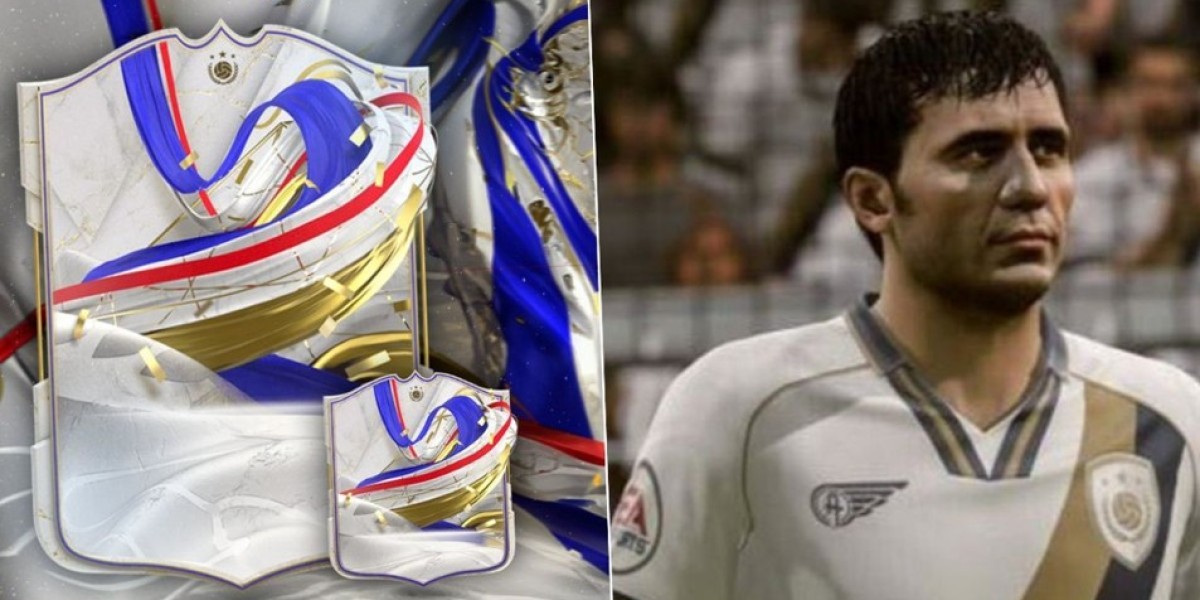The unassuming grinding wheel is a workhorse in any workshop or factory. But with a variety of shapes and sizes available, choosing the right one for the job can be tricky. This blog will shed light on the different types of grinding wheel and their applications.
Grinding Wheel Shapes:
The shape of the grinding wheel determines the kind of grinding you can achieve. Here's a breakdown of some common types:
- Straight Grinding Wheels: These are the classic disc-shaped wheels found on bench grinders. Perfect for general purpose grinding and shaping of tools and materials.
- Cylinder Grinding Wheels: These large wheels with a wide surface area are ideal for creating flat surfaces on components. They're often used in horizontal or vertical spindle grinders.
- Tapered Grinding Wheels: Similar to straight wheels, these have a wider center that tapers outwards. They provide increased strength for tackling tougher jobs like grinding threads or gear teeth.
- Cup Grinding Wheels: Shaped like a cup, these wheels excel at grinding recesses, contours, and internal surfaces. They're commonly used for sharpening tools and grinding concrete.
- Dish Grinding Wheels: Think of a shallow cup wheel. Dish wheels have a thin grinding edge ideal for intricate work on flat surfaces or for shaping tools.
- Saucer Grinding Wheels: These wheels have a flat edge and are specifically designed for grinding milling cutters and twist drills.
- Segmented Grinding Wheels: These segmented wheels are perfect for rough grinding and stock removal. The segments are separated by voids which allow for chip clearance and prevent overheating.
- Cutting Face Grinding Wheels: These specialized wheels boast a narrow grinding edge for precise cutting tasks. They can be used for anything from shaping saw teeth to cutting tile.
Choosing the Right Grinding Wheel:
Beyond shape, there are other factors to consider when selecting a grinding wheel. These include:
- Abrasive Material: The type of abrasive used in the wheel, like aluminum oxide or diamond, determines the materials it can grind effectively.
- Grit Size: Coarser grits are for faster material removal, while finer grits are used for finishing and polishing.
- Bond Type: The bond holds the abrasive particles together. A softer bond releases abrasives faster for finer finishes, while a harder bond retains them for longer, heavy-duty grinding.
By understanding the different grinding wheel shapes and their functionalities, you'll be well-equipped to tackle any grinding task with confidence. Remember, for optimal safety and performance, always follow the manufacturer's recommendations for your specific grinding wheel.a








